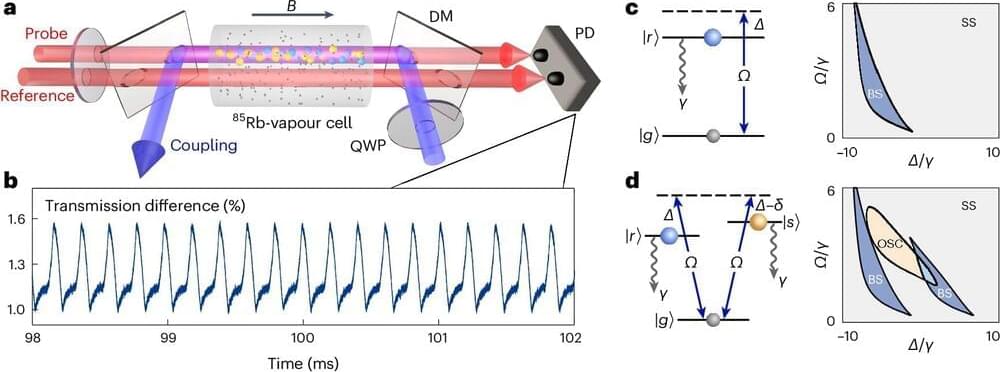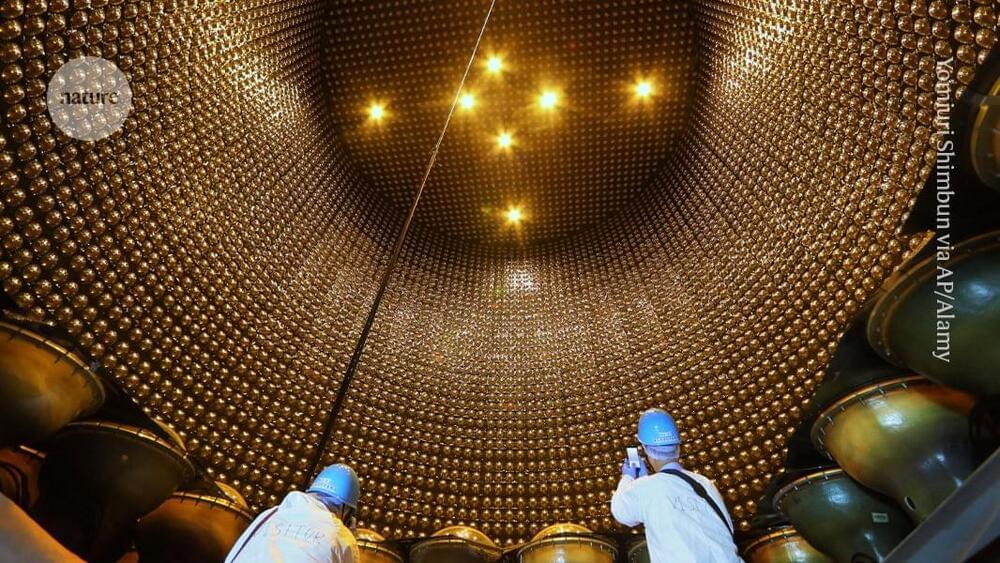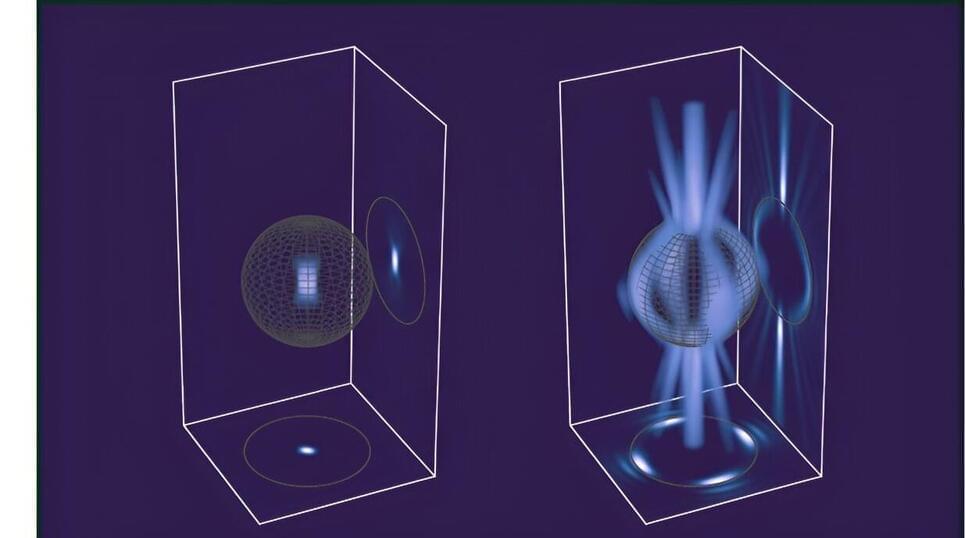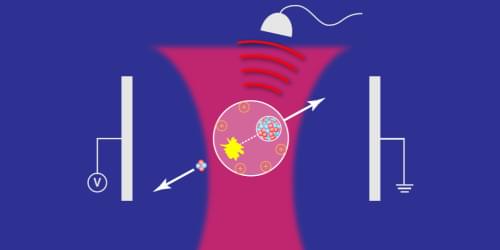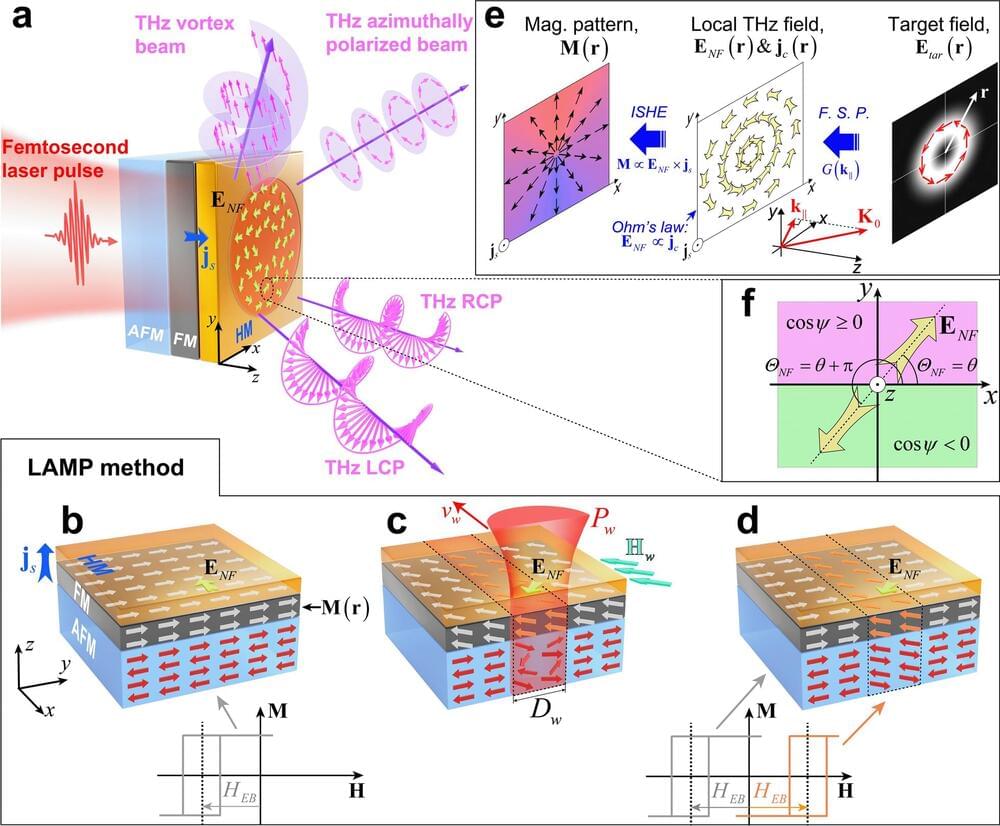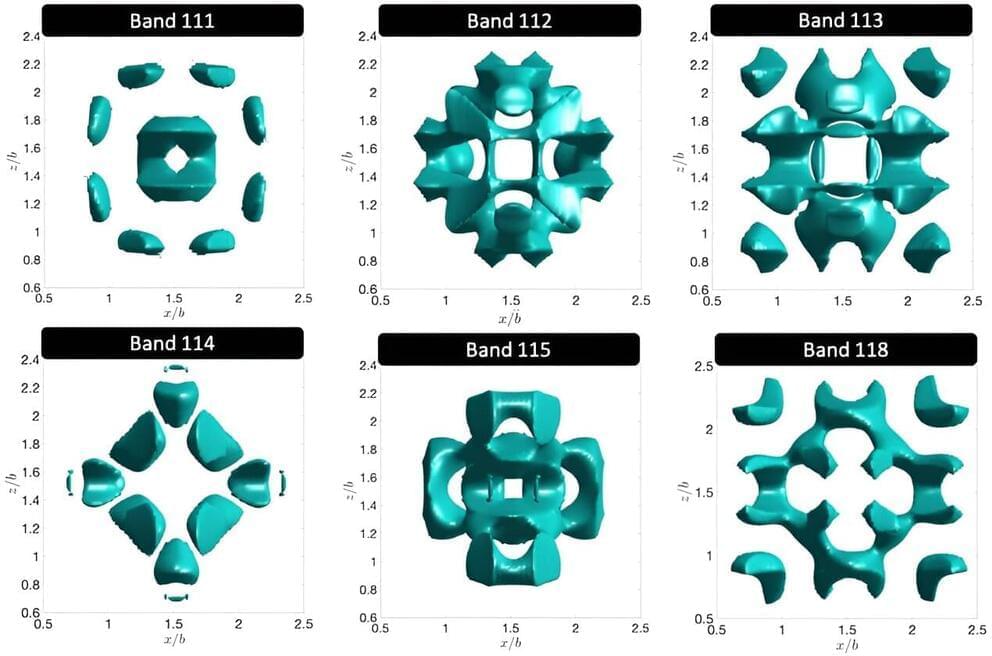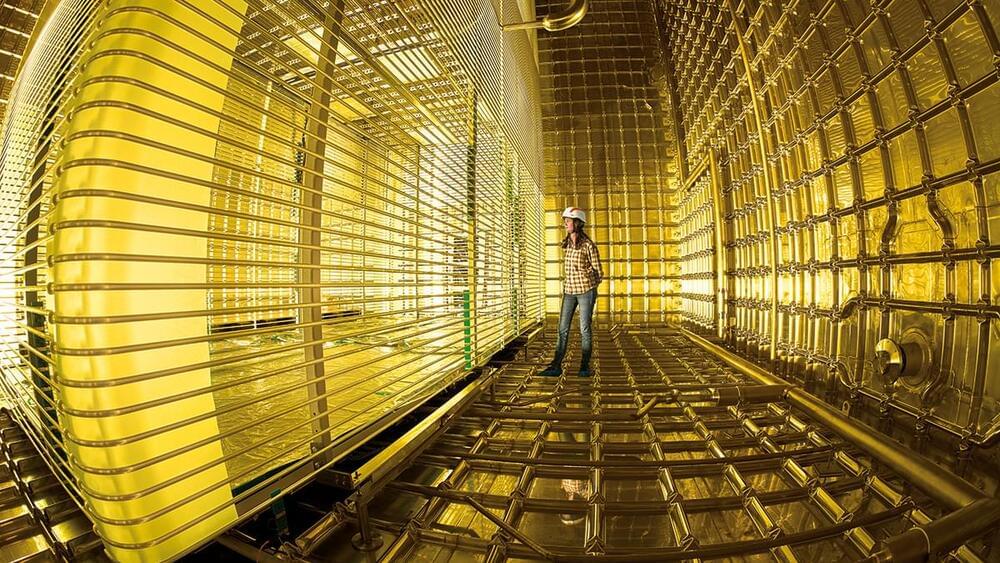How can so many numbers of nature—the constants and relationships of physics—be so spot-on perfect for humans to exist? Coincidence and luck seem wildly unlikely. This question causes controversy, among scientists and among philosophers. Beware: there is more than one answer lurking here.
Free access to Closer to Truth’s library of 5,000 videos: http://bit.ly/376lkKN
Watch more interviews on fine tuning: https://bit.ly/3EyyJQh.
Steven Weinberg is an American theoretical physicist and Nobel laureate in Physics for his contributions to the unification of the weak force and electromagnetic interaction between elementary particles.
Register for free at CTT.com for subscriber-only exclusives: http://bit.ly/2GXmFsP
Closer to Truth, hosted by Robert Lawrence Kuhn and directed by Peter Getzels, presents the world’s greatest thinkers exploring humanity’s deepest questions. Discover fundamental issues of existence. Engage new and diverse ways of thinking. Appreciate intense debates. Share your own opinions. Seek your own answers.
